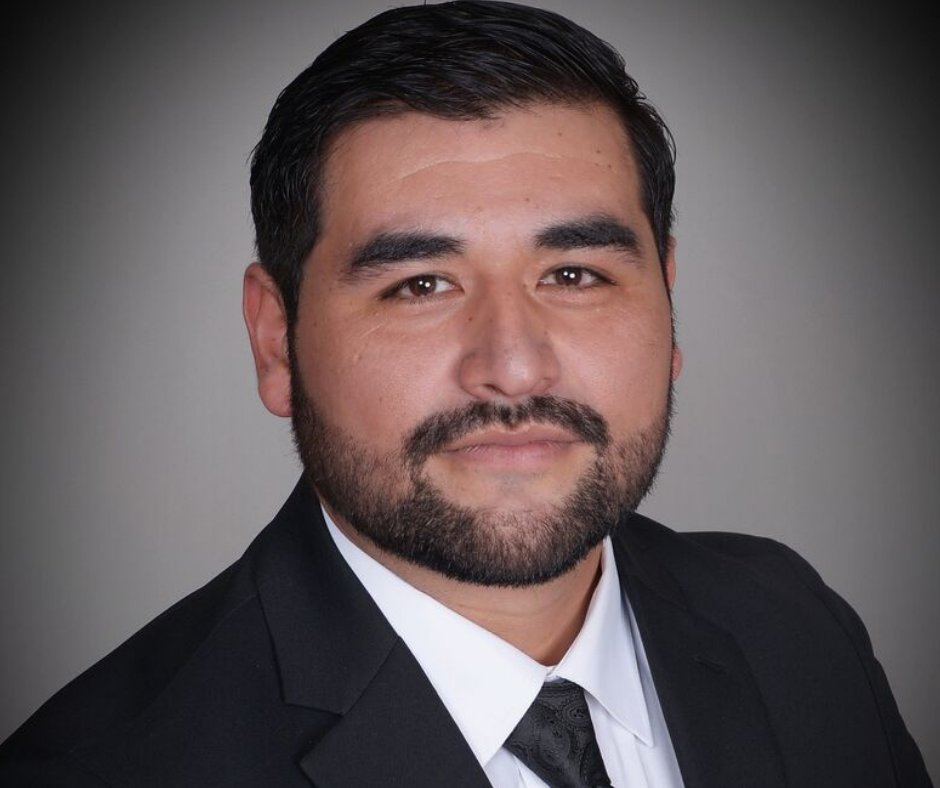- La Feria Community Holds Succesful Business Mixer Event
- Little Nashville to Take Place in Downtown Mercedes
- Lions Basketball Captures District Gold
- La Feria ISD Students Compete in Regional Chess Tournament
- Lions End First Half of 32-4A on a High Note
- La Feria ISD Held Another Successful Parent Conference
- Strong Appearance for Lions at Hidalgo Power Meet
- LFECHS Students Get to Meet Local Actress
- Students Participate in Marine Biology Camp
- Two LFECHS Students Qualify for All-State Band
La Feria as a welding industry leader
- Updated: April 3, 2021
Welding is not so male-dominated after all

By Eliud Medina
Four and a half percent. According to the BLS in 2017, that was the percentage of women in the welding industry. And it’s nowhere near the highest it’s ever been—in World War II, women comprised as much as 25% of the workforce in welding.
Here in Texas, welding is one of those jobs people typically associate with a male-dominated workforce. The statistics back up those claims. And it isn’t just reflected in the number of people who work in welding. Data suggests the average male welder’s salary is $45,961—while the average female welder’s salary is only $31,961.
It paints a grisly picture of the state of work equality in Texas. That was one of the reasons I founded the Southern Industrial Careers Center, based in La Feria. Today, La Feria is slowly changing the narrative that welding is a completely male-dominated industry! La Feria and SICC are promoting the potential of careers in welding and fabrication. We have a female team and more and more female students.
A former welder myself, I saw just how low the interest was in trade occupations. But it’s not just a matter of interest. When someone wants a good-paying welding job, the resources were rarely there to help people receive the instruction necessary to land a lucrative job.
Welding should lead Texas and other states when it comes to expanding industrial job opportunities for all genders. 60% of the products and machines used across the United States require welding to some degree or another. But how can females break through in welding, which has traditionally been such a male-dominated industry? What will it take? What are the challenges to overcome?
The Female Team at SICC
What happens when there’s a massive disconnect between employers and employees? How do you connect two very disconnected populations?
I figured change starts at home. That’s why the SICC is featuring a female team in a male-dominated industry. Because the jobs we choose are downstream of society’s expectations, it’s up to teams like this to change the way people think about women in traditionally male-dominated industries.
At the forefront: providing women with the resources they need to pursue a career in earnest. Who is going to want to join a male-dominated industry if they don’t feel that they have the support necessary to be one of the 4.5% in the minority? In speaking with women, I discovered that support is crucial if they’re going to feel empowered to make a change.
“Knowledge is power in a male-dominated field,” said Crystal Quintero, the Edinburg Campus Director. “As a director, I must present the advantages of the welding field to a prospective student. I feel empowered to know so much about a career that is male dominated and being able to make students eager and excited to learn makes my job that more satisfying.”
How to Pay for Welders’ Training
The problem is in finding the resources welders need. Welder training is intensive—and highly specialized—and requires funding to do it right.
For many aspiring welders, the funding issue is a non-starter. They assume that because of the heavy resources required to train in welding, it’s not even a viable career path for them. At the Southern Industrial Career Center, we’re looking to change that. In a partnership with personalized financing and/or state grants we look to help explore realistic avenues for men/women who want to learn how to weld. And we provide resources to help secure confidence that once they’re enrolled and graduated, they’ll have closed the skills gap between them and their ideal job. With just an eight-week program, we also think it’s worth seeking out the education that can fit into demanding schedules.
Having a team of awesome ladies in charge of our school management helps me keep refreshed with unbiased opinions. And here’s what I tell women who are seeking out positions in welding:
· Seek out your options first—before making assumptions. I get it. 4.5% is a dismal and even depressing number. But it shouldn’t be a deal-breaker, either. Seek out your options for financing and enrollment in a welding school before you make a decision that will affect your career path.
· Don’t make assumptions about what you can’t do. We’ve seen countless women empower themselves with the funding, resources, and know-how to make it in a male-dominated industry.
· Be a disruptor. Be willing to embrace the disruptor’s role. “The biggest challenge is trying to prove yourself every time,” said Quintero. Now that she’s an admissions representative, she says that she might not know how to weld, but she knows how to advise women who do want to become welders. And she recommends overcoming that challenge by taking it one step at a time.
4.5% is just a number. The reality is that there is already a team of female welders out there who are looking to disrupt the status quo and change a traditionally male-dominated job into something for all genders. It just requires a little support, some financial know-how, and a willingness to be a disruptor.
About the author: Eliud Medina is an educator, welder and School Director at Southern Industrial Careers Center, a vocational school focused on industrial trades in welding and fabrication. Eliud and SICC have been featured on Forbes, Yahoo! Finance, Morning Star, Star Tribune and more. Additionally, Eliud Medina oversees an education based portfolio of businesses all setup to help educate, train and employ entry level workers into the ever changing labor market. Looking to hire qualified welders or advance your own welding career? Visit this link to find out more: https://southernindustrialcenter.com/.





